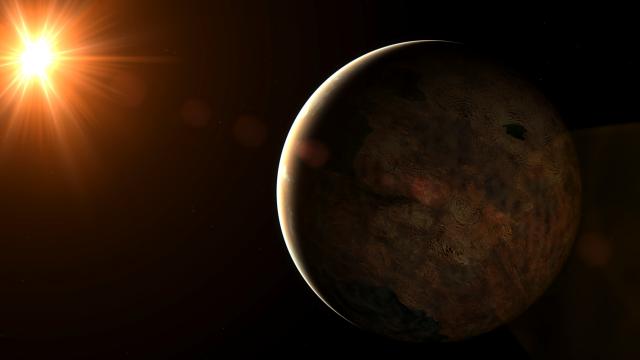In space news, astronomers at the University of Canterbury in New Zealand have discovered a rare Super-Earth planet. This marks only a handful of planets that have been discovered with size and orbit that is comparable to Earth.
What is this new super-Earth?
According to a media release from the University of Canterbury, this new planet is circling a host star towards the centre of the galaxy but finding it was incredibly difficult.
“To have an idea of the rarity of the detection, the time it took to observe the magnification due to the host star was approximately five days, while the planet was detected only during a small five-hour distortion,” one of the lead researchers, Dr Herrera Martin, said.
“After confirming this was indeed caused by another ‘body’ different from the star, and not an instrumental error, we proceeded to obtain the characteristics of the star-planet system.”
The host star is said to be about 10% of the mass of our sun. This means the new planet would have a mass of anywhere between Earth and Neptune. It would orbit at a location similar to that of Venus or Earth from the parent star.
Given the host star’s smaller mass it’s also estimated the planet would have a year equivalent to 617 days. Can you imagine 617 days of 2020? No thank you.
How was this it discovered?
So how did researchers catch sight of this new planet? A technique known as gravitational microlensing was used.
Telescopes in Chile, South Africa and Australia were used to measure the light output from around one hundred million stars every 15 minutes. This particular event was spotted back in 2018.
“The combined gravity of the planet and its host star caused the light from a more distant background star to be magnified in a particular way. We used telescopes distributed around the world to measure the light-bending effect.” Dr. Martin said.
“Dr Herrera Martin first noticed that there was an unusual shape to the light output from this event, and undertook months of computational analysis that resulted in the conclusion that this event was due to a star with a low-mass planet,” explained Associate Professor Michael Albrow, another lead researcher on the project.
Funnily enough, this isn’t the only Super-Earth that’s been discovered recently. Last week researchers published their findings on a new super-hot planet that was found circling one of the galaxy’s oldest stars.
Very little is known about Super-Earths so there’s no word yet on whether this new planet could be inhabitable. For now, we’ll have to stick with Elon Musk’s Mars plan.
